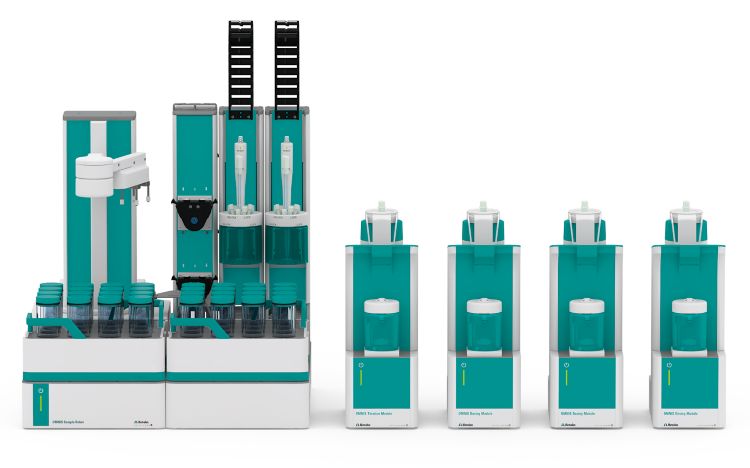The iodine number is an important sum parameter for assessing the quality of edible oils and fats. It provides quantitative information about the presence of unsaturated fats and oils. The higher the amount of unsaturated fatty acids in the sample, the more iodine reacts with these double bonds, resulting in a higher iodine value. For common oils, such as sunflower or olive oil, the iodine value is well known. Hence, it can be used as a test parameter for counterfeit detection in the fight against food fraud.
For the classical titrimetric determination, the samples have to be placed in the dark for up to two hours after the addition of the reaction solution (Wijs solution). In this Application Note, we describe a modified analysis based on EN ISO 3961, ASTM D5554, AOAC 920.159, AOAC 993.20, AOCS Cd 1d-92, USP<401> Method II, and Ph.Eur. 2.5.4 Method B. Due to the modification, the reaction time reduces significantly, from 2 hours to 5 minutes. This modified analysis thus allows for much higher productivity in the lab.
The analysis is demonstrated on canola (rapeseed) oil and olive oil. No sample preparation is required.

The analysis is carried out automatically on an OMNIS system consisting of an OMNIS Sample Robot S and an OMNIS Titrator. The maintenance-free dPt Titrode is used for indication of the equivalence point.
An appropriate amount of sample is weighed into the titration beaker, then the beaker is covered with a lid and placed on the sample rack. Before the titration, glacial acetic acid, Wijs solution (ICl), and magnesium acetate solution are added and the solution is stirred for 5 minutes. Afterwards, potassium iodide solution is added and the solution is titrated with standardized sodium thiosulfate until after the equivalence point.
Sharp titration curves are obtained where the equivalence point is reliably determined by the OMNIS software.
| Canola oil | Olive oil | |
|---|---|---|
| Iodine value in g I2/g | 109.3 | 80.9 |
| SD(rel) in % | 0.1 | 0.1 |
The standards EN ISO 3961, ASTM D5554, AOAC 920.159, AOAC 993.20, AOCS Cd 1d-92, USP<401> Method II, and Ph.Eur. 2.5.4 Method B describe a procedure which needs a reaction time of 2 hours. Here, we show a reliable way to determine the iodine value in oils and fats within just a few minutes. This significantly enhances sample throughput and reduces the cost per analysis. With an OMNIS system, the analyses can even be carried out in parallel so that laboratory throughput can be enhanced even further.
Internal reference: AW TI CH1-1276-062019
 Share via email
Share via email
 Download PDF
Download PDF